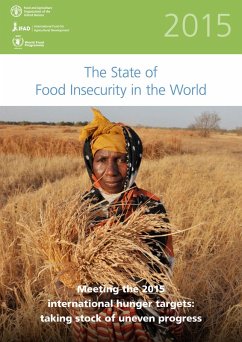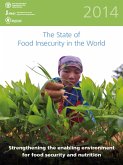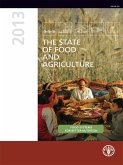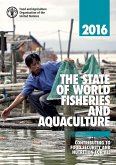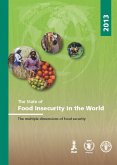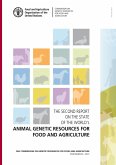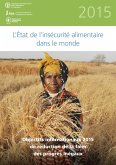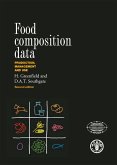This year¿s annual State of Food Insecurity in the World report takes stock of progress made towards achieving the internationally established Millennium Development Goal (MDG1) and World Food Summit hunger targets and reflects on what needs to be done, as we transition to the new post-2015 Sustainable Development Agenda. The report reviews progress made since 1990 for every country and region as well as for the world as a whole. Progress towards the MDG 1 target, however, is assessed not only by measuring undernourishment, or hunger, but also by a second indicator the prevalence of underweight children under five years of age. Progress for the two indicators across regions and over time, is compared, providing insights into the complexity of food security. Overall progress notwithstanding, much work remains to be done to eradicate hunger and achieve food security across all its dimensions. The 2015 report not only estimates the progress already achieved, but also identifies remaining problems, and provides guidance on which policies should be emphasized in the future. Key factors that have determined success to date towards food security and nutrition goals are identified. The list of factors economic growth, agricultural productivity growth, markets (including international trade) and social protection is by no means exhaustive. The report also shows how protracted crises, due to conflict or natural disasters, have deleterious effects on progress in hunger reduction.
Dieser Download kann aus rechtlichen Gründen nur mit Rechnungsadresse in A, B, CY, CZ, D, DK, EW, E, FIN, F, GR, H, IRL, I, LT, L, LR, M, NL, PL, P, R, S, SLO, SK ausgeliefert werden.

